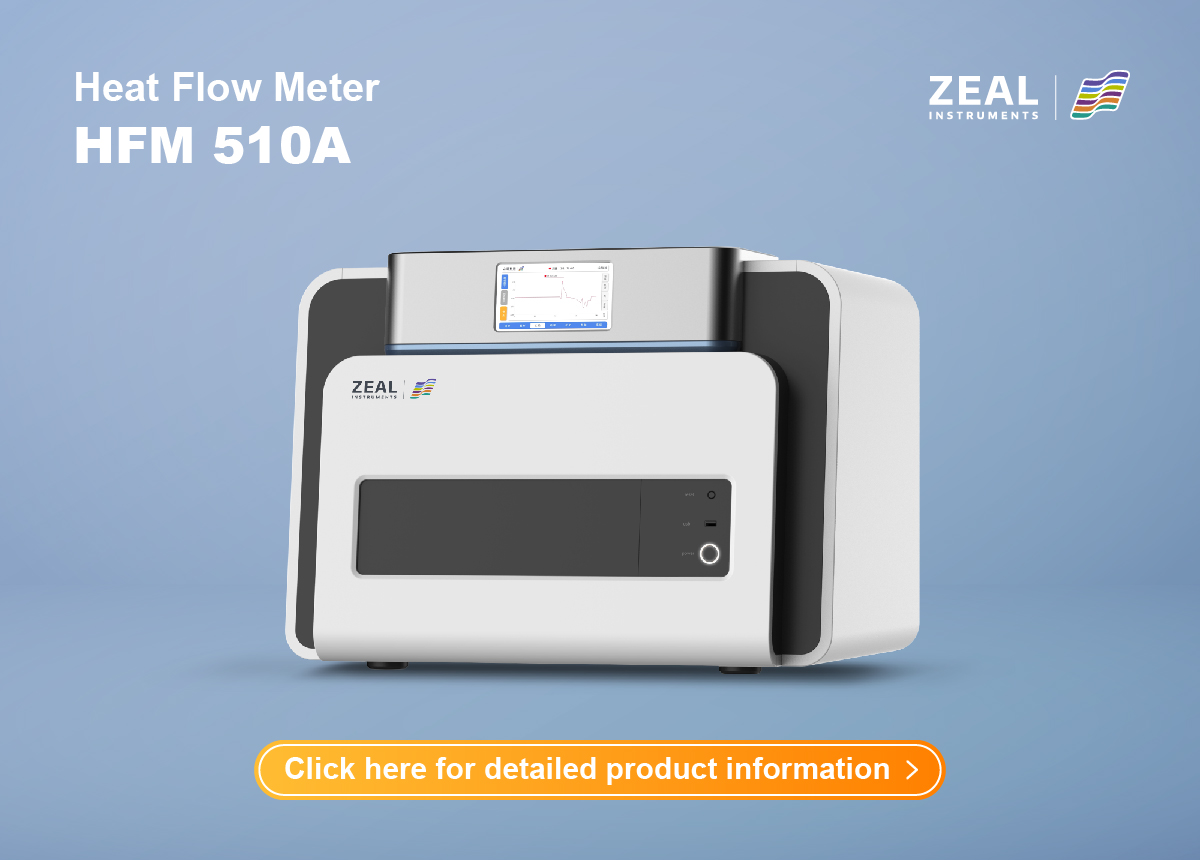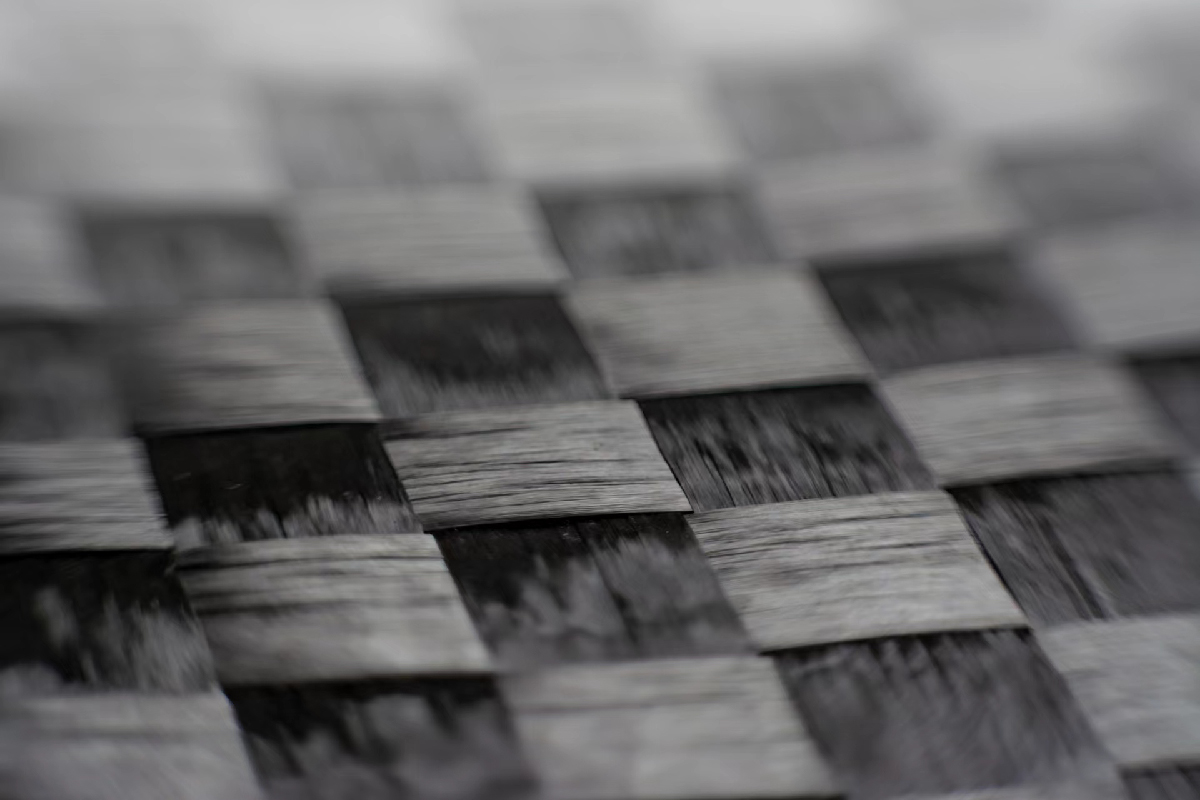Thermal Conductivity Meter for Solids: A Guide
If you are working in a field that requires measuring the thermal conductivity of solids, you will need a reliable and accurate thermal conductivity meter. Thermal conductivity is a measure of how well a material conducts heat, and it is an important parameter in many applications, including materials science, engineering, and physics. A thermal conductivity meter for solids can be used to measure the thermal conductivity of a variety of materials, including metals, ceramics, and polymers.
There are several types of thermal conductivity meters for solids available on the market, each with its advantages and disadvantages. Some meters use a steady-state method, which measures the temperature difference across a sample of material and the heat flow through it. Other meters use a transient method, which measures the time it takes for a sample to reach thermal equilibrium after a heat pulse is applied. Both methods can provide accurate measurements of thermal conductivity, but they may be better suited to different types of materials and applications.
Fundamentals of Thermal Conductivity
Definition and Units
Thermal conductivity is the property of a material that describes its ability to conduct heat. It is defined as the amount of heat that flows through a unit area of a material in a unit of time when there is a unit temperature gradient across the material. The SI unit of thermal conductivity is watts per meter-kelvin (W/m·K).
Basic Principles
The thermal conductivity of a material is determined by its atomic and molecular structure. Materials with closely packed atoms or molecules tend to have high thermal conductivity, while those with loosely packed atoms or molecules tend to have low thermal conductivity. The thermal conductivity of a material also depends on its temperature, pressure, and composition.
Heat Transfer Modes
Heat can be transferred through a material by three modes: conduction, convection, and radiation. In conduction, heat is transferred through a material by the transfer of energy from one molecule to another. In convection, heat is transferred through a fluid by the motion of the fluid. In radiation, heat is transferred through electromagnetic waves.
Thermal conductivity meters for solids are used to measure the thermal conductivity of solid materials. These instruments are used in a variety of industries, including materials science, engineering, and manufacturing. By accurately measuring the thermal conductivity of a material, researchers and engineers can better understand its properties and potential applications.
Thermal Conductivity Meters
Thermal conductivity meters are devices used to measure the thermal conductivity of solids. These devices are essential in the manufacturing and quality control of materials. They are designed to measure the amount of heat that is transferred through a material and provide the user with accurate and precise measurements.
Operational Theory
The operational theory of thermal conductivity meters is based on the principle of heat transfer. Heat transfer occurs when there is a difference in temperature between two bodies. The amount of heat that is transferred depends on the thermal conductivity of the material. The thermal conductivity is defined as the ability of a material to conduct heat.
Thermal conductivity meters work by measuring the temperature difference across a material and the heat flux that is generated. The heat flux is the amount of heat that is transferred per unit time and per unit area. By measuring the temperature difference and the heat flux, the thermal conductivity of the material can be calculated.
Types of Meters
There are various types of thermal conductivity meters available on the market. Some of the most common types include:
-
Transient Hot-Wire Meters: These meters use a thin wire that is heated by an electrical current. The wire is inserted into the material being tested, and the temperature rise is measured. The thermal conductivity of the material is then calculated based on the temperature rise and the heat flux.
-
Heat Flow Meters: These meters use a heat source and a temperature sensor to measure the temperature difference across the material. The heat flux is then calculated based on the temperature difference and the thermal conductivity of the material.
-
Laser Flash Meters: These meters use a laser pulse to heat the material, and a temperature sensor to measure the temperature rise. The thermal conductivity of the material is then calculated based on the temperature rise and the heat flux.
Each type of thermal conductivity meter has its advantages and disadvantages. The choice of meter depends on the specific application and the type of material being tested.
Measuring Techniques for Solids
When it comes to measuring thermal conductivity in solids, there are two main techniques: steady-state and transient methods.
Steady-State Methods
Steady-state methods measure the temperature difference under a steady-state heat flow through the sample to determine the thermal conductivity and interfacial thermal conductance (DTIC). The thermal conductivity is then calculated by finding the slope of the power versus the temperature gradient between both sides of the sample.
One common steady-state method is the guarded hot plate method, which measures the heat flow through a sample sandwiched between two plates at different temperatures. Another method is the parallel plate method, which measures the heat flow through a sample placed between two parallel plates.
Transient Methods
Transient methods measure the temperature response of a sample to a heat pulse to determine the thermal conductivity and diffusivity. One example of a transient method is the laser flash method, which uses a laser to heat one side of a sample and measures the temperature response on the other side.
Another transient method is the transient plane source method, which uses a small, flat heat source to heat one side of a sample and measures the temperature response on the other side.
Overall, each method has its own advantages and disadvantages, and the choice of method depends on the specific application and sample properties.
Applications and Materials
A Thermal Conductivity Meter is a valuable tool in determining the thermal conductivity of various materials. The meter can be used to measure the thermal conductivity of solids, liquids, and gases. In this section, we will focus on the applications of thermal conductivity meters for solids and explore the thermal conductivity of different types of materials.
Metals and Alloys
Metals and alloys are known for their high thermal conductivity. The thermal conductivity of metals is dependent on the type of metal, its purity, and its temperature. Metals such as copper, silver, and gold have high thermal conductivity values and are commonly used in electrical and thermal applications. Thermal conductivity meters can be used to measure the thermal conductivity of metals and alloys accurately.
Ceramics and Composites
Ceramics and composites have lower thermal conductivity values than metals and alloys. The thermal conductivity of ceramics and composites depends on the type of material, its porosity, and its temperature. Ceramic materials such as alumina and zirconia have low thermal conductivity values and are commonly used in high-temperature applications. Composites such as carbon fiber-reinforced polymers have varying thermal conductivity values depending on their composition. Thermal conductivity meters can be used to measure the thermal conductivity of ceramics and composites.
Polymers and Insulators
Polymers and insulators have very low thermal conductivity values. The thermal conductivity of polymers and insulators depends on their chemical structure, molecular weight, and temperature. Polymers such as polyethylene and polystyrene have low thermal conductivity values and are commonly used in insulation applications. Insulators such as glass and rubber have very low thermal conductivity values and are commonly used in electrical and thermal insulation applications. Thermal conductivity meters can be used to measure the thermal conductivity of polymers and insulators.
In summary, thermal conductivity meters are valuable tools in determining the thermal conductivity of different types of materials. The thermal conductivity of metals and alloys is high, while ceramics and composites have lower thermal conductivity values. Polymers and insulators have very low thermal conductivity values. By using thermal conductivity meters, you can accurately measure the thermal conductivity of different materials and make informed decisions about their use in various applications.
Standards and Calibration
When it comes to measuring thermal conductivity, it is important to ensure that your Thermal Conductivity Meter for Solids is accurate and precise. This is achieved through proper calibration and adherence to established standards.
Accuracy and Precision
To ensure accuracy and precision, it is recommended to calibrate your meter regularly using reference materials with known thermal conductivity values. This will help to identify and correct any measurement errors that may occur due to factors such as temperature fluctuations or variations in sample size and shape.
It is also important to ensure that your meter is properly maintained and operated according to the manufacturer’s instructions. This includes regular cleaning and inspection of the sensor and other components to ensure that they are functioning properly.
Reference Materials
When calibrating your Thermal Conductivity Meter for Solids, it is important to use reference materials with known thermal conductivity values. These materials should be chosen based on their relevance to your specific application and the range of thermal conductivity values that you are interested in measuring.
Some commonly used reference materials include metals, ceramics, and polymers. These materials are often available in the form of standard samples or reference disks that are designed to be used with thermal conductivity meters.
By following established standards and best practices for calibration and measurement, you can ensure that your Thermal Conductivity Meter for Solids is accurate and reliable, providing you with the data you need to make informed decisions in your research or industrial applications.







































